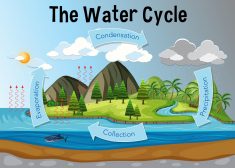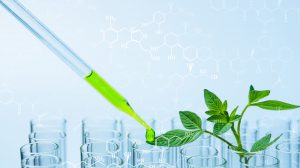Definition
noun
(cell biology) A control mechanism in G2 phase of the cell cycle that ensures the cell is ready for cell division
Supplement
In eukaryotes, the cell cycle is a cyclical series of biological events that certain asexual cells go through. The cell cycle is comprised of these fundamental events, particularly (1) resting phase (Gap 0), (2) interphase (Gap 1, S phase, Gap 2), and (3) cell division (i.e. mitotic phase and cytokinesis). In the interphase, the two major highlights are cell growth (particularly increase in size) and DNA replication. DNA replication occurs particularly during the S phase of the interphase. The S phase is a period in between two gap phases: Gap 1 and Gap 2. These two gap phases of the interphase are focused at increasing in cell size and production of proteins essential to the subsequent events. For instance, histones are produced during Gap 1 for DNA replication in the S phase whereas certain proteins are produced during Gap 2 to ensure that the cell is ready for subsequent cell division. The cell has a Gap 2-M DNA damage checkpoint system. It is a control mechanism that ensures the cell has repaired possible errors in DNA after being replicated prior to entering cell division. This checkpoint mechanism involves an active Cdk1 (cdc2) complexed to cyclin B1. The cdc2- B1 complex is required to progress from G2 phase to mitotic phase. It is regulated by inhibitory phosphates at a pair of amino acids in the roof of the active site by Wee1. These sites are dephosphorylated by the action of the phosphatase Cdc25C. The dephosphorylation leads to the increased Cdk activity. In the presence of DNA damage, the Chk1 is activated. It activated Chk1 inactivates the Cdc25C by phosphorylating cdc25C. This leads to the phosphorylation and inactivity of the complex cdc2-B1 and then to G2-M arrest.1
Abbreviation / Acronym:
- G2-M DNA damage checkpoint
- G2/M checkpoint
- G2-M checkpoint
See also:
Reference(s):
1 DiPaola, R. S. ().To Arrest or Not To G2-M Cell-Cycle Arrest. Clin Cancer Res. 2002 Nov;8(11):3311-4. Retrieved from ://clincancerres.aacrjournals.org/content/8/11/3311.





